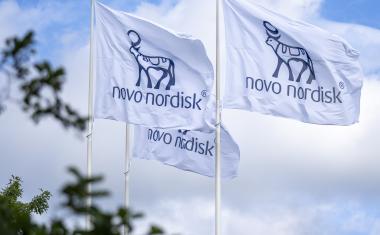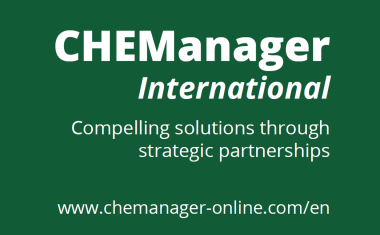11.09.2024 • News
Pharma’s Digital Transformation
Industry experts Michelangelo Canzoneri, Josef Trapl, Wolfgang Winter, Christian Woelbeling, and Thomas Zimmer – all members of ISPE’s Pharma 4.0 guide core team – explain the transformational challenges and critical success factors of the digital Pharma 4.0 journey.
Read more with free registration
Register now for free and get full access to all exclusive articles from chemanager-online.com. With our newsletter we regularly send you top news from the chemistry industry as well as the latest e-issue.
Company

International Society for Pharmaceutical Engineering (ISPE)6110 Executive Blvd.
20852 North Bethesda
US
most read

Novo Nordisk to Cut 9,000 Jobs Globally in Major Restructuring
Novo Nordisk announced a global workforce reduction of approximately 9,000 positions to streamline operations and reinvest DKK 8 billion (€1 billion) in growth opportunities for diabetes and obesity treatments.

Orion Announced Plans to Shut Down Carbon Black Plants
Carbon black manufacturer Orion Engineered Carbons plans to rationalize production lines in North and South America and EMEA.

BASF Sells Majority Stake in Coatings Business
BASF sells a majority stake in its coatings business to the investor Carlyle.


CHEManager International Media Kit 2026
Compelling solutions through strategic partnerships











